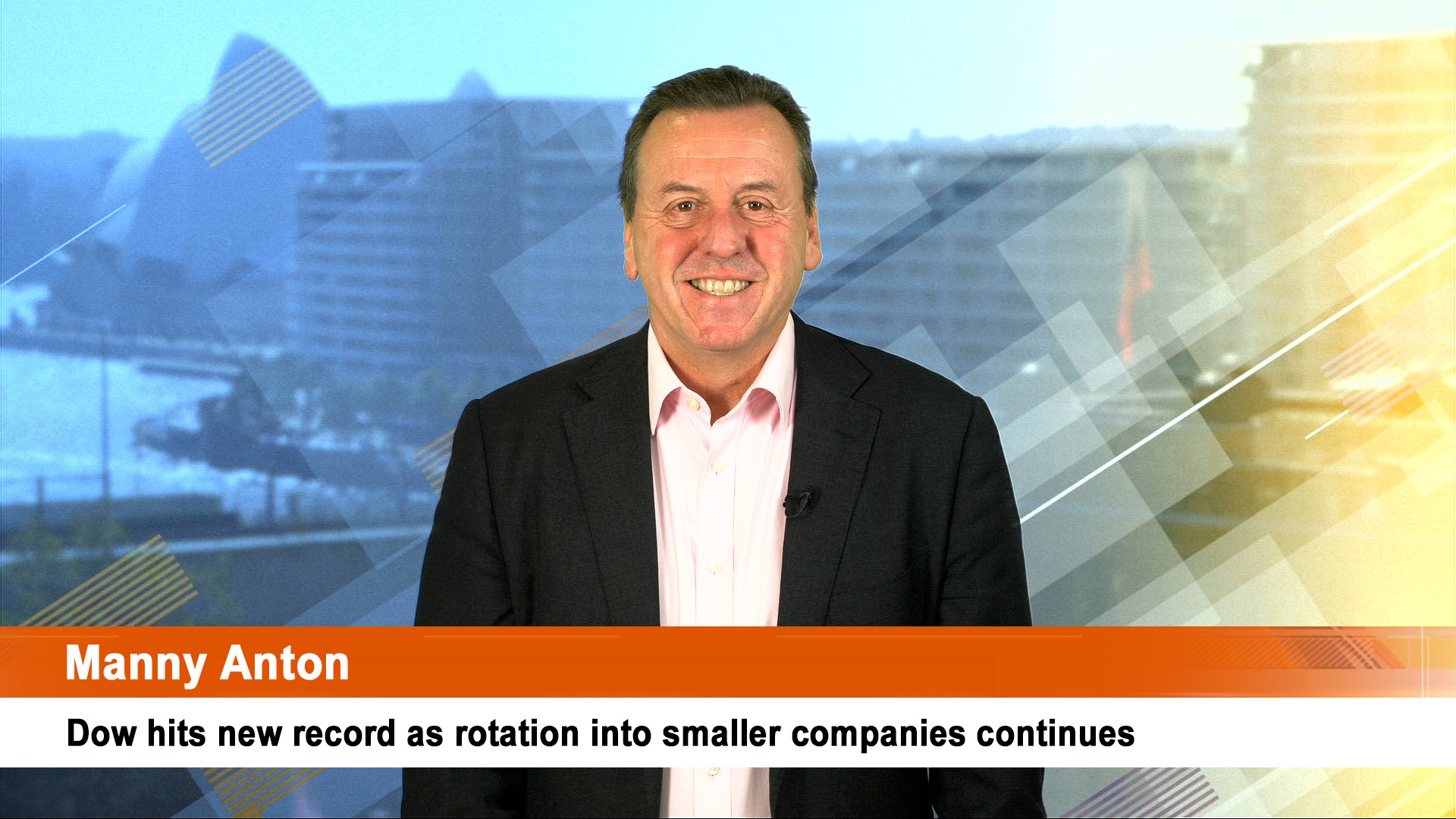With America’s January inflation readings set to dominate markets in the week ahead, will investors be forced to abandon the optimism that has seen gains of 6% to 7% year to date for indices, and gains of 10% to 30% for some of 2022’s ignored stocks?
Wall Street had its worst week since December last week as investors went all hesitant about the Fed easing story.
After January’s big rise, February has seen the return of questions about inflation, interest rates, the Fed (and it’s a similar story here as well).
Wall Street has been struggling in February since January’s solid start to 2023, on hopes that the economy could avoid a severe recession and that cooling inflation could get the Federal Reserve to take it easier on interest rates.
Worries have returned recently that a still-strong jobs market could push upward on inflation and keep rates at a higher level for longer, much as the Fed has been warning.
Given the importance of the US Consumer Price Index and Producer Price Index readings each month as global indicators of inflation, this week’s January reports for both measures loom as another test of that investor belief.
At the same time, a series of quarterly/half yearly financial reports from some of the world’s major miners will also tell us how these giants see commodity prices heading into 2023 – the last quarter or back half of 2022 should have been highly profitable.
Still, while some earnings results have cheered markets – especially Netflix, Meta, Apple, Chevron and Exxon Mobil – investors remain wary. Even Bitcoin lost ground last week.
That caution was on display on Friday in New York.
The S&P 500 ended up 0.2% or 8.96 points at 4,090.46. The Dow gained 0.5% or 169.39 to 33,869.27, while the Nasdaq fell 0.6% or 71.46 to 11,718.12.
Despite the Dow’s small Friday gain, it still ended the week down 0.17%. The S&P 500 and Nasdaq Composite lost 1.11% and 2.41% respectively, in what was their worst week since December.
The S&P 500 is up 6.5% since the start of the year but 6.2% of that rise came in January – a good illustration of the hesitancy now dominating market thinking.
Elsewhere last week, Eurozone shares fell 1.3% and Chinese shares fell 0.9% but Japanese shares added 0.6%.
And it was also a losing week for Australian shares which fell 1.6%, thanks in part to the more hawkish than expected interest rate guidance from the RBA.
Bond yields mostly rose on increased interest rate expectations. Oil prices rose with Russia announcing a 500,000/day cut to oil production, iron ore prices were little changed but metal prices fell. The $A eased a little on Friday, despite a rise in the $US.
Friday saw the ASX 200 down 56.6 points, or 0.8%, to 7,433.7 at the close, as all sectors except consumer staples lost ground.
Overnight trading on the ASX futures had the market looking at a 14-point fall when dealings resume later this morning.













